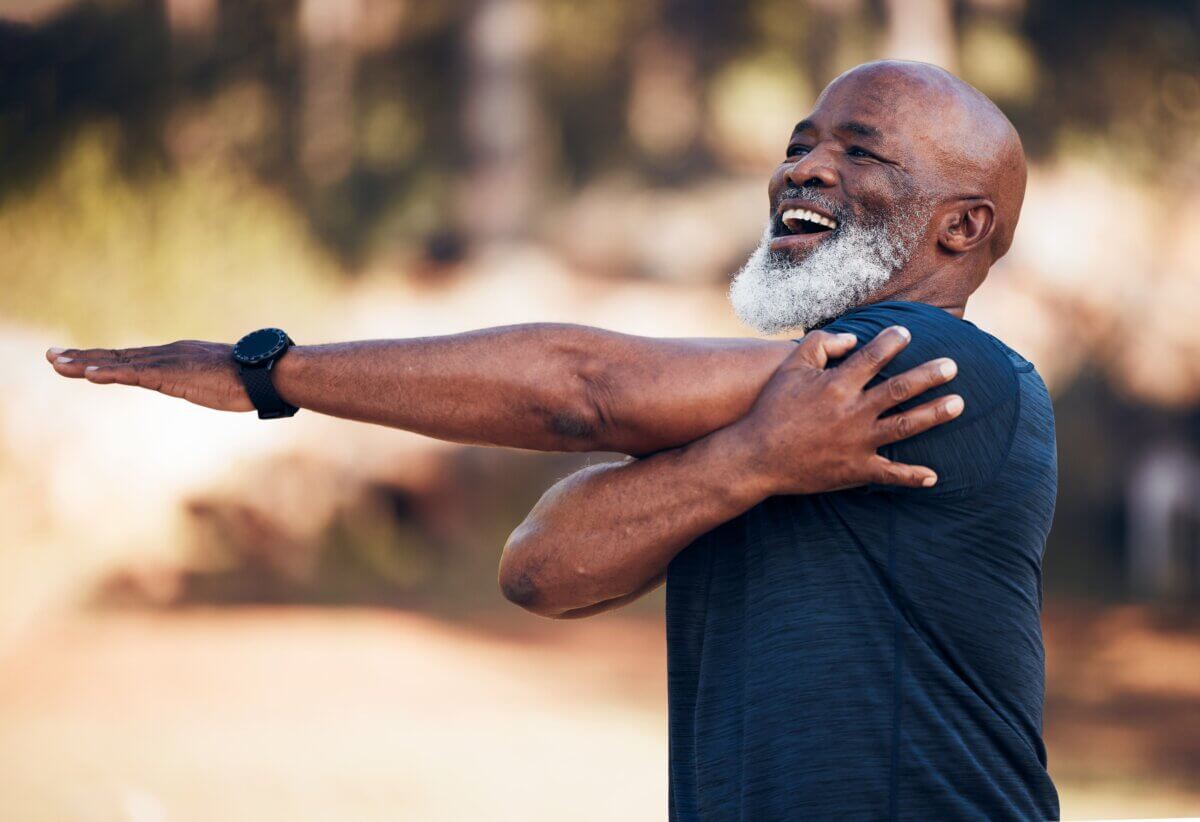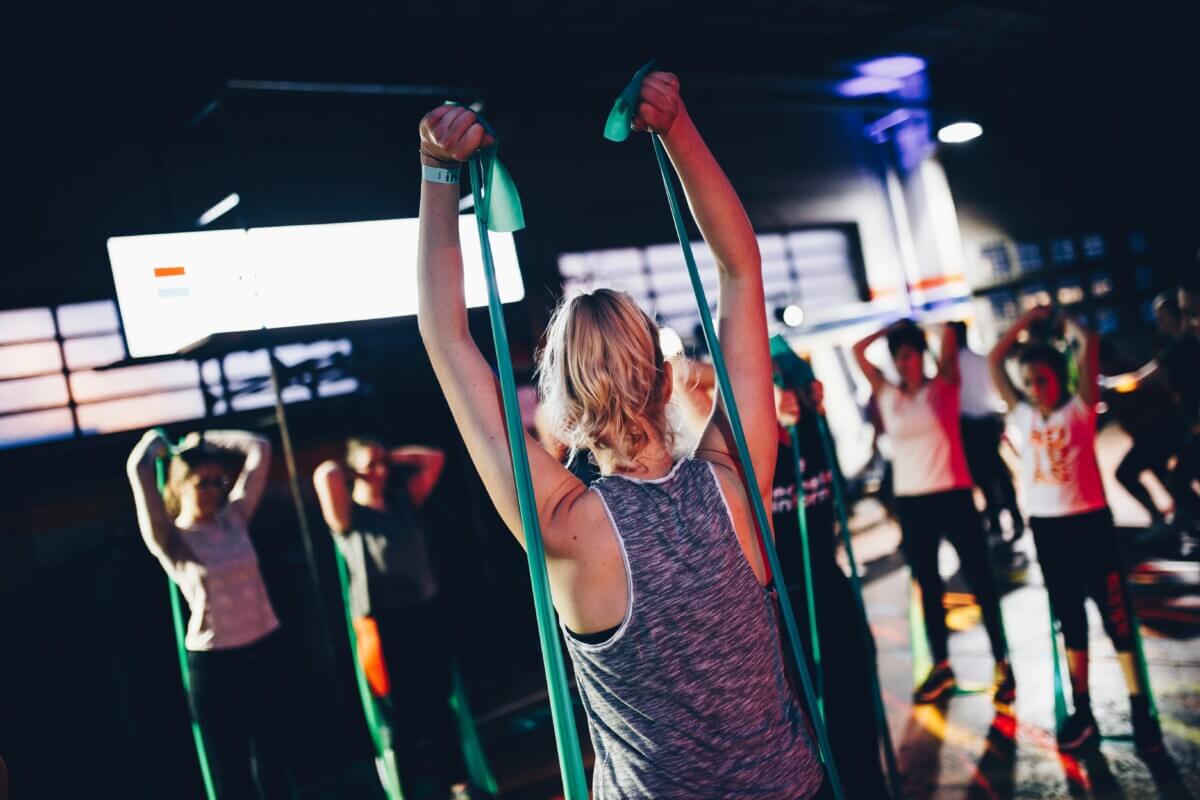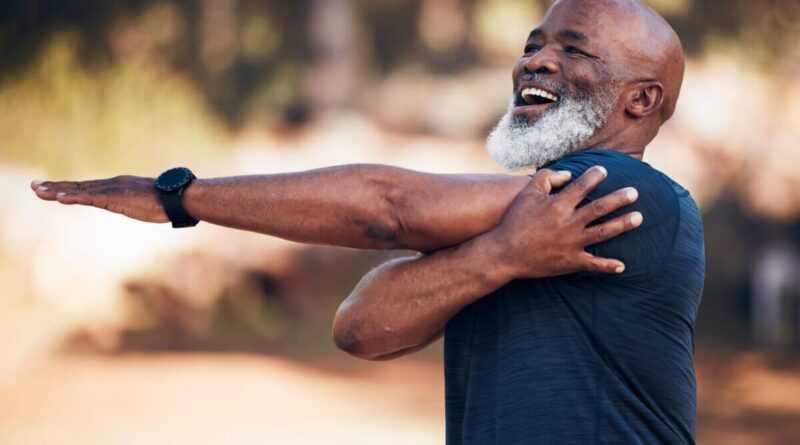65 is the new 25: A training regimen that turns back time on older adults


(Photo by PeopleImages.com – Yuri A on Shutterstock)
CÁCERES, Spain Attention, retirees: It’s time to dust off those sneakers and sharpen those pencils. Scientists have cooked up a recipe for staying clean and fit that combines the best of both worlds – and it’s not prune juice and power walking. A new basic study suggests that combining brain training with exercise may be the key to staying healthy and mentally strong as we age.
Researchers from the University of Extremadura in Spain and the University of Birmingham in the UK have found that a new training method called Brain Endurance Training (BET) can significantly improve mental and physical performance in adults. Published in a newspaper Psychology of Sport and Exerciseresearch shows that BET not only improves performance when participants are fresh but also helps them maintain high levels of performance even when fatigued.
For the research, the authors of the study turned to 24 healthy, sedentary women between the ages of 65 and 78. These women were divided into three groups: one group did BET, the other group the other did physical training only, and the control group did not. training at all.
The BET and exercise-only groups followed the same physical training regimen: three 45-minute sessions per week for eight weeks. Each session included 20 minutes of resistance exercise (such as squats and bicep curls) and 25 minutes of walking. The main difference was that the BET group also did a 20-minute mental task before each exercise session.
In order to assess the effectiveness of the training, the researchers assessed the participants’ cognitive and physical performance at four points in time: before the training began, halfway through the eight-week program, immediately after for the program to end, and four weeks after the program ends.
Cognitive tests included the psychomotor vigilance task, which measures reaction time and alertness, and the Stroop test, which tests the ability to ignore automatic responses – an important part of cognitive control. The physical tests included a six-minute walk test, a 30-second sit-stand test (repeated standing and sitting), and a 30-second arm test.
Importantly, these tests were performed twice during each test: once when the participants were “fresh” and again after they had completed a 30-minute mentally demanding cognitive task. This allowed the researchers to assess how different training methods helped participants maintain their performance even when they were mentally fatigued.


The results revealed that the BET and exercise-only groups had improvements in mental and physical performance compared to the control group. However, the BET group performed better than the exercise-only group, especially when the participants were in a state of fatigue.
For example, from the beginning to the end of the study, the BET group improved their performance in the chair lift test by 59.4% when they were tired, compared to a 47.5% improvement in the exercise only group. In cognitive tasks, the BET group showed a 12.1% improvement in Stroop test accuracy when fatigued, while the exercise-only group improved by 6.9%.
“We have shown that BET can be an effective intervention to improve cognitive and physical performance in older adults, even when they are fatigued,” says co-author Chris Ring from the University of Birmingham. in the sentence. “This can have a huge impact on improving the quality of life for these people, including reducing the risk of falls and injuries.”
Additionally, participants in the BET group reported that physical activities felt easier over time, indicating that brain training combined with physical training can help restore the relationship between exercise and physical activity. and perceived effort. This may make it easier for older people to stick to exercise routines, improving their health and well-being.
“These promising early findings show that we need to do more to encourage older people to participate in BET to improve brain and body functions,” Ring adds.
Of course, since the study involved only a small minority of women, Ring says more research on BET is needed with larger samples that include both sexes.
Although we cannot turn back time, this study suggests that we can make it work harder for us. So don’t be surprised if your next visit to a retirement community feels like a trip to the training center of the future. Tomorrow’s elders may be the heroes we’ve been waiting for.
Summary Paper
Method
A study of 24 inactive older women used a randomized controlled design, dividing participants into three groups: BET, exercise only, and control. The BET and exercise groups did the same physical training, but the BET group added mental work before each session. All participants underwent mental and physical tests four times over 12 weeks. These tests were performed both when the participants were fresh and after the mentally exhausting task, allowing the researchers to examine ts’ performance under different conditions.
Key Results
The BET groups and the exercise only groups showed improvements in mental and physical performance compared to the control group. However, the BET group performed better than the exercise-only group, especially when the participants were tired. BET led to greater improvements in activities such as walking distance, chair lifts, hand curls, reaction time, and mental accuracy. These improvements were maintained even four weeks after the training program ended.
Learning Limits
The study had a small sample of 24 participants, all of whom were women. This limits the generalizability of the findings to men or the general population. In addition, the study only examined a limited range of mental and physical activities, and long-term effects beyond 12 weeks were not evaluated.
Discussions & Takeaways
Researchers suggest that BET can be a powerful tool for improving mental and physical health in older adults. By improving performance and building positive mental health behaviors, BET can help older adults maintain independence and reduce the risk of injury or falls. The study also suggests BET’s ability to make exercise feel easier, which may encourage long-term adherence to exercise habits.
Tips and Tricks
The study authors declared no conflicts of interest. Details about specific funding sources for this research are not provided in the paper. As with all scientific research, it is important for readers to consider that other studies, especially with larger and more diverse samples, would be useful to confirm and extend these findings.
#training #regimen #turns #time #older #adults
